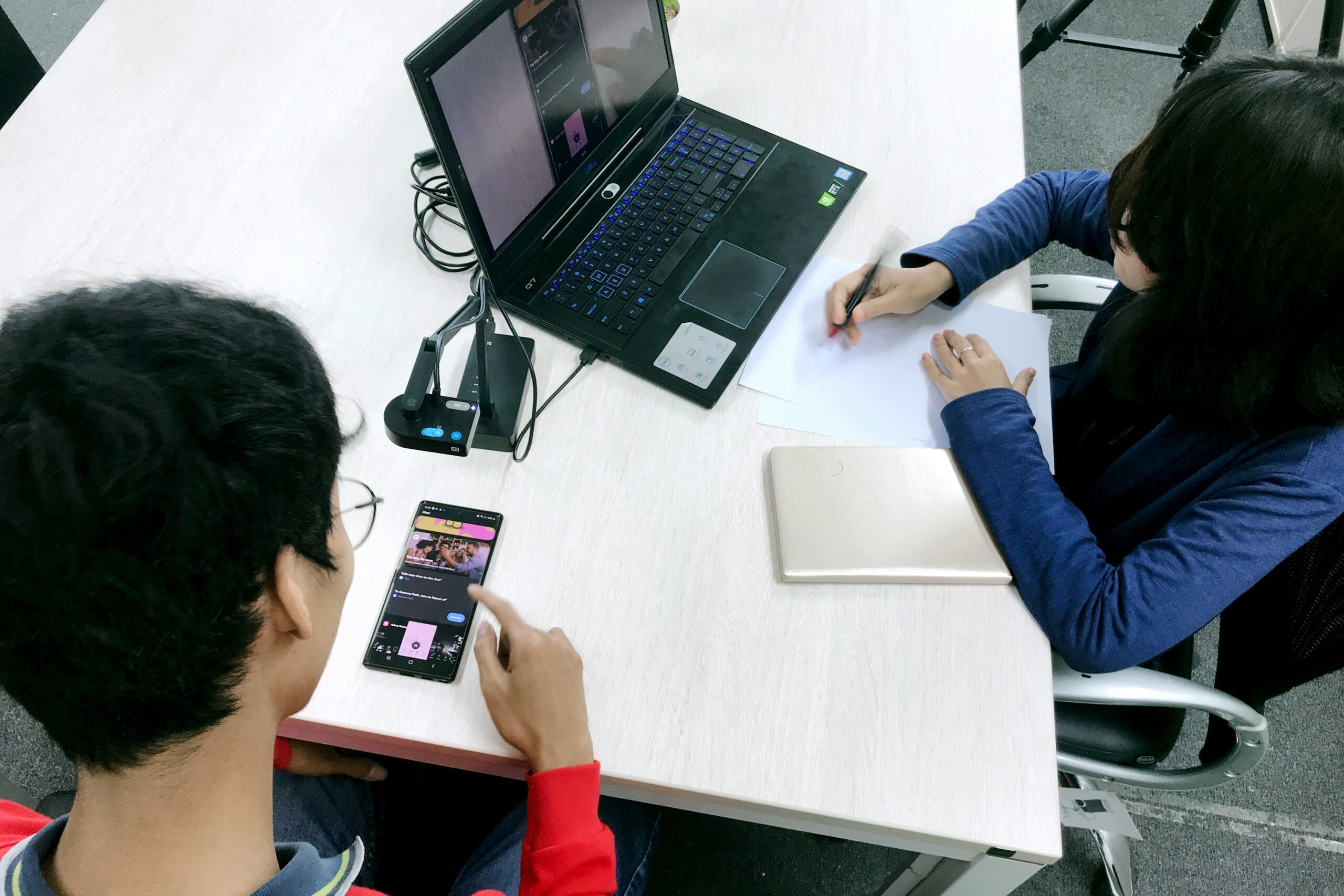Introduction to Print Marketing in UX
Welcome to the exciting world where the tactile experiences of print marketing meet the digital realm of UX design! As we delve into how skills from one can seamlessly transition into the other, get ready to discover the unique synergy between these two seemingly contrasting fields. Join me on this journey as we explore what print marketers bring to UX and how they can carve a successful path in this dynamic industry. Let’s uncover the hidden gems that make this fusion an innovative playground for creativity and strategy alike.
Transferable Skills from Print Marketing to UX
Transitioning from print marketing to UX brings a unique set of transferable skills that can enrich your approach in the digital realm. In print marketing, attention to detail is paramount – every pixel and layout decision matters, just like in UX design where each element contributes to the overall user experience. The ability to create visually appealing content in print translates seamlessly into crafting compelling digital interfaces.
Understanding target audiences is another skill honed in print marketing that directly benefits UX professionals. Knowing how to tailor messaging and visuals for different demographics helps create user-centric designs that resonate with specific user groups. This insight allows for more personalized and effective solutions in the digital space.
Project management skills are essential across various disciplines, including both print marketing and UX design. From setting timelines to coordinating with team members, these organizational abilities ensure smooth project workflows and successful outcomes. Adapting these skills from one field to another enhances efficiency and productivity.
Analytical thinking plays a crucial role in both print marketing campaigns and UX projects. Interpreting data, identifying trends, and making informed decisions based on insights are valuable skills acquired in print that can be applied when optimizing user experiences online.
Communication prowess cultivated in print marketing proves invaluable when collaborating with cross-functional teams or stakeholders within an organization during UX projects. Clear articulation of ideas facilitates smoother teamwork towards achieving common goals effectively.
Overcoming Challenges in Transitioning from Print Marketing to UX
Transitioning can present its fair share of challenges. One hurdle is shifting from static visuals to interactive designs, requiring a new mindset and skill set. Understanding user behaviors online versus in print adds complexity but also opens up exciting possibilities for engagement.
Another challenge lies in adapting to the fast-paced digital environment compared to the more traditional timelines of print projects. This shift demands agility and quick decision-making, essential skills for success in UX design. Embracing iterative processes and feedback loops becomes crucial for continuous improvement.
Moreover, mastering new tools and technologies specific to UX design may seem daunting at first. However, with dedication and a willingness to learn, transitioning professionals can quickly become proficient in popular software applications like Sketch or Adobe XD.
Furthermore, collaboration takes on a different dynamic in UX compared to the more individualistic approach often found in print marketing. Working closely with cross-functional teams requires effective communication and teamwork skills that may need honing during the transition period.
Despite these challenges, embracing the learning curve can lead to immense personal growth and career development opportunities within the dynamic field of user experience design. By acknowledging obstacles as stepping stones rather than roadblocks, professionals can successfully navigate this transition phase towards a rewarding future in UX.
IV. Building a Successful Career in UX with a Background in Print Marketing
Making a transition can be a game-changer in your career journey. With a background in print marketing, you bring unique perspectives and skills that can elevate your success in the field of user experience design.
Your understanding of visual hierarchy, typography, and layout principles gained from print marketing can give you an edge when designing digital interfaces. The ability to create visually appealing designs that effectively communicate messages is highly valuable in UX.
Moreover, your experience with creating physical materials like brochures or flyers can translate into crafting engaging digital experiences for users. Being able to blend creativity with strategic thinking is key to building successful user-centric designs.
Incorporating human-centered design principles into your work will enable you to empathize with users and create intuitive interfaces that enhance their overall experience. Your expertise in understanding consumer behavior and preferences from print marketing campaigns can guide you in designing user-friendly products.
By leveraging your background in print marketing, you have the opportunity to forge a fulfilling career path in UX where creativity, data-driven decision-making, and empathy intersect harmoniously for impactful design solutions.
Conclusion: Embracing the Fusion of Print Marketing and UX
Blending the skills and principles of print marketing with user experience design can create a dynamic and well-rounded approach to digital product development. By leveraging your background in print marketing, you can bring valuable insights, creativity, and attention to detail to the field of UX. Remember that both share common goals – connecting with users on an emotional level, conveying messages effectively, and ultimately driving action.
So embrace this fusion of disciplines, adapt your skills for the digital landscape, and carve out a successful career in UX that sets you apart from the crowd. The possibilities are endless when you combine the best of both worlds!

